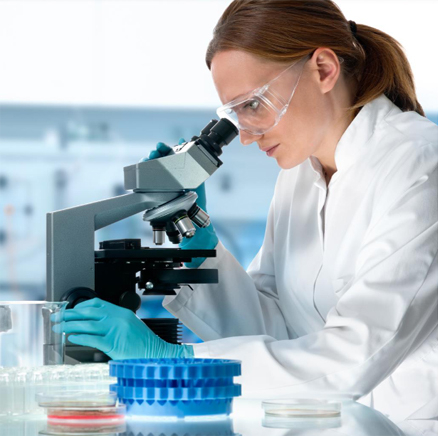Is it possible my child’s UCB stem cells to be disease carrier, so we can not use them when needed.
Stem cells are diseases currier only in cases of heredity, that is known to the family or revealed for the first time into the collected cells. Also we can not exclude the possibility cord blood to transfer leukemic clones in the case of acute lymphoblastic leukemia. It means that the child is prone to develop leukemia in the future.
Cancer and leukemia are expressed through a series of mutations in cells that eventually result in carcinogenesis. For the leukemia two continual mutations in the hematopoietic stem cells are required. The first mutation results in the transformation of the stem cells to preleukemic clones. So if the mutation occurs in the first stages of the development of the embryo, then preleukemic clones will circulate in the umbilical cord blood. In 100 cases of children with circulated preleukemic clones, eventually only one child will advance to the second mutation and develop leukemia, Mori et al 2002, Proc Natl Acd Sci USA, 99:8242-8247. The preleukemic clones in the rest of the children are eventually destroyed from the immune system and disappeared from the blood circulation. For older children and adults there is no issue of detection of preleukemic clones, because even in the hypothetical case of birth of a child with preleukemic clone a great period of time has passes from birth to the onset of the disease and the autologous transplantation will give the patient at least the same period of survival without the fear of rejection of an allogeneic, and not completely compatible graft. The genes that are responsible or coexist with leukemia can be detected with PCR method on the stem cells and it will lead to the detection of those pathogenic genes and will resolve the problem of the use of the child’s stem cells or not.
Unfortunatly In public banking no test is performed for the presence of preleukemic clones in the stem cells of the donor. For the samples that come from unknown donors a test should be performed also for the detection of inherited diseases. If the probability of 1% of a preexisting malignancy in the stem cells of the umbilical cord is considered significant, the public bank would perform the essential tests for the determination of the existence or not of the malignancy in all grafts that it collects. The financial cost prohibits the public banks to do these tests.
Because in public banks the grafts are preserved anonymously, the donor and the graft can not be matched. So there is danger in case of an implanted with preleukemic clones graft, the recipient will develop leukemia for the second time in donor’s stem cells. So in case of one patient, we have two, the donor and the recipient. Sometimes the information of leukemia developing in the donor never comes the public bank. Both free or with clones grafts are served as normal.
Oppositely in the family banks the grafts belong to the family and in the case of disease, tests that are applied to the cells can reveal pathologic conditions.

